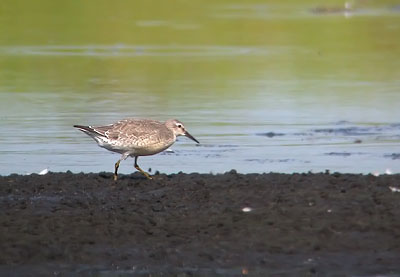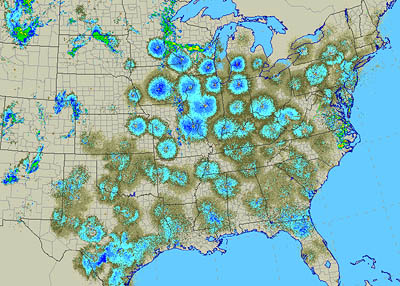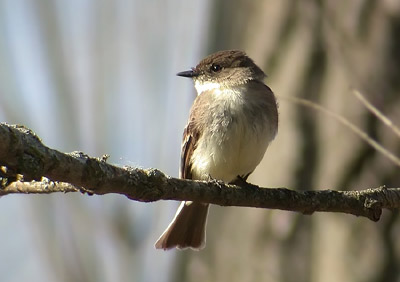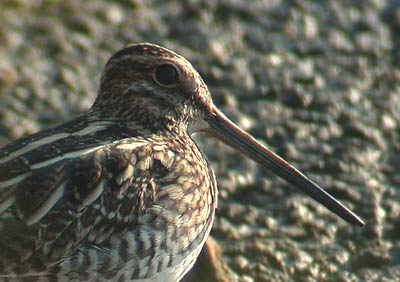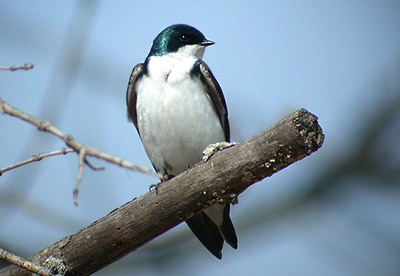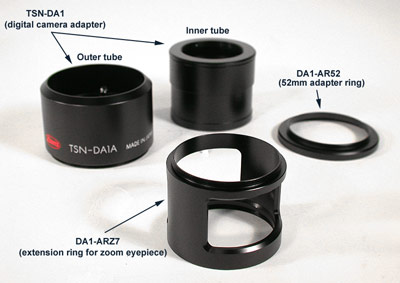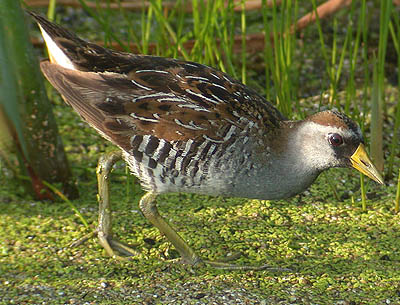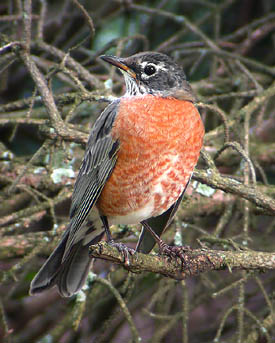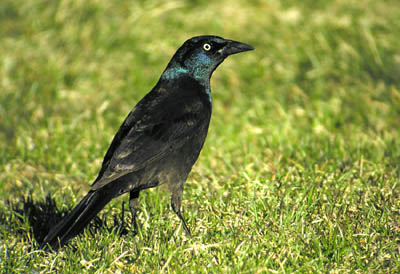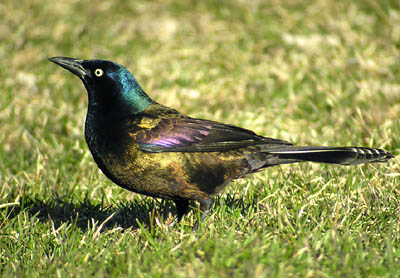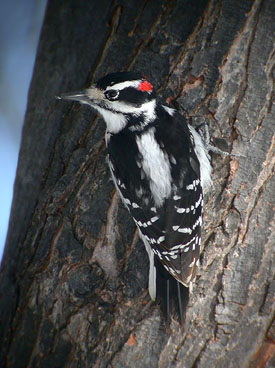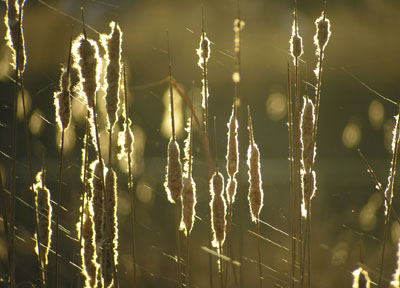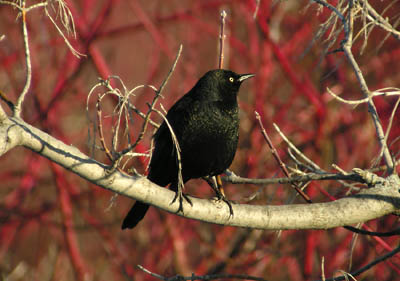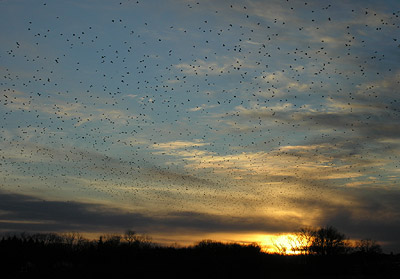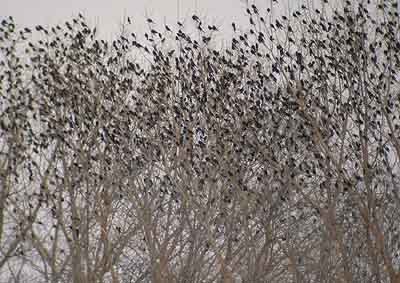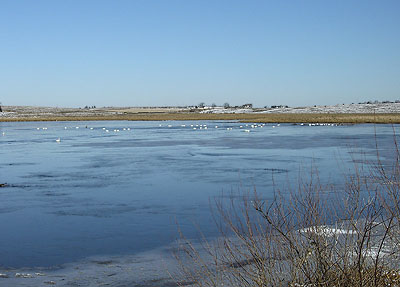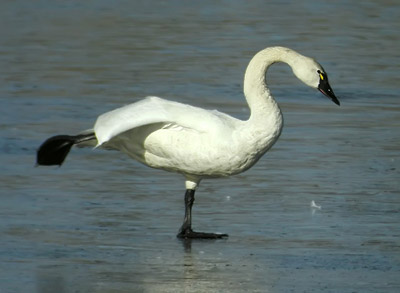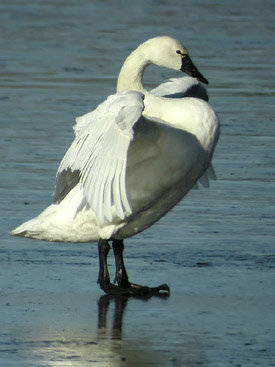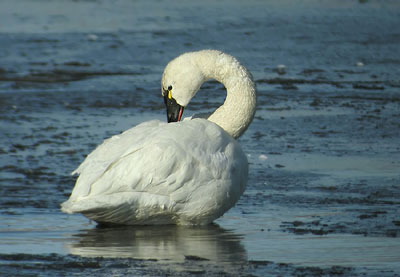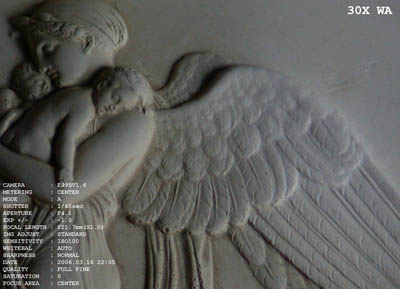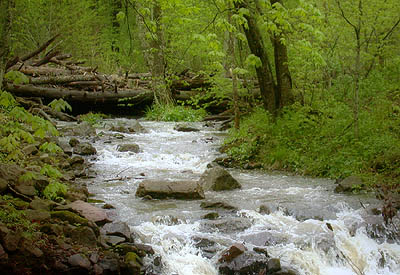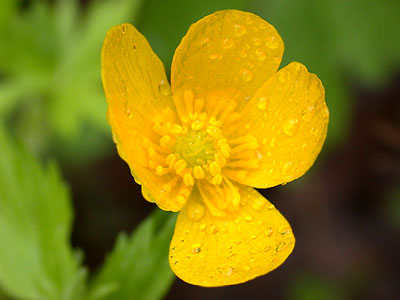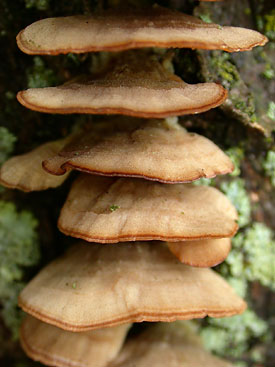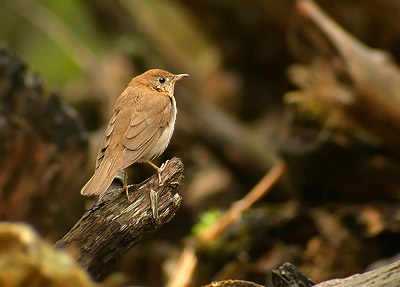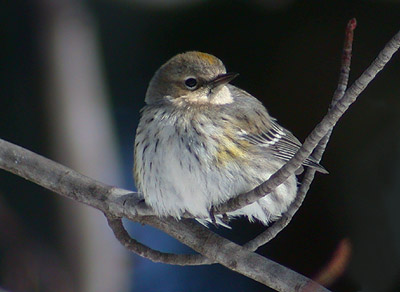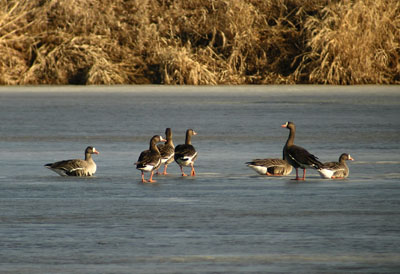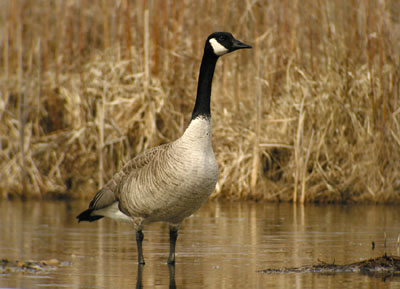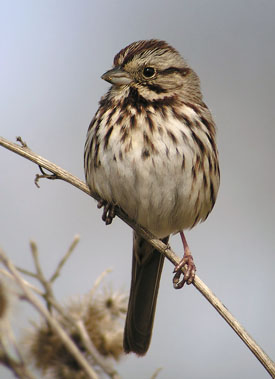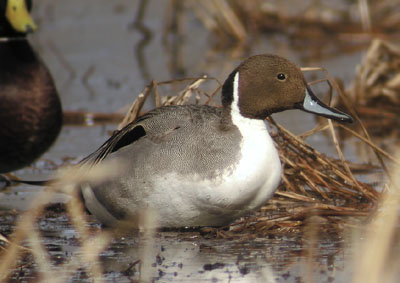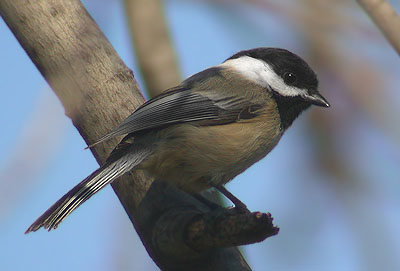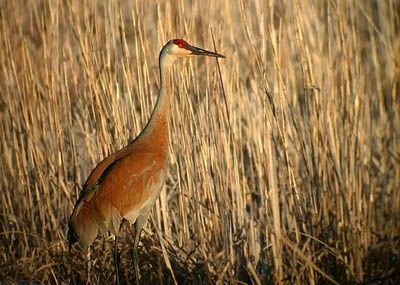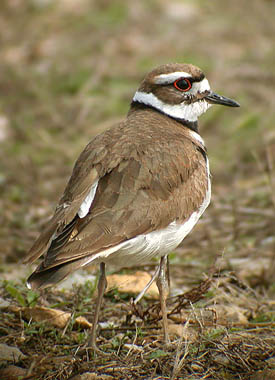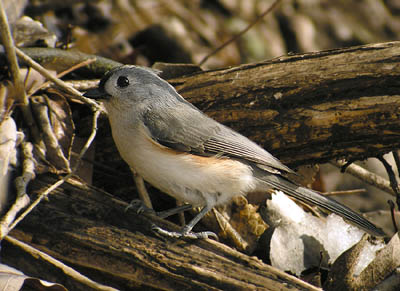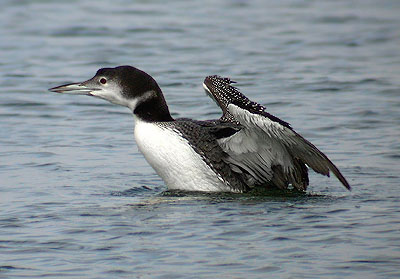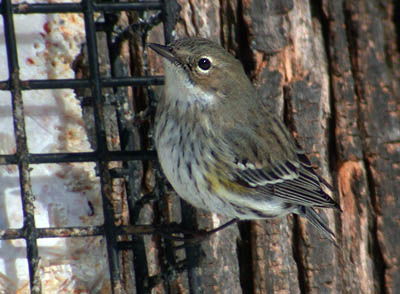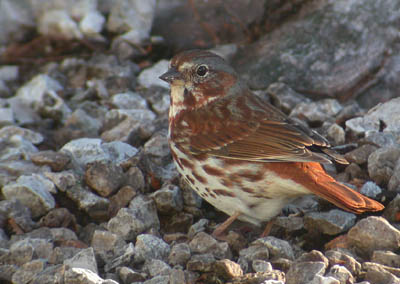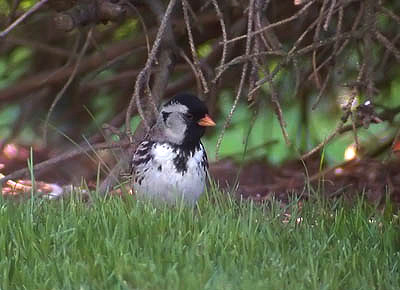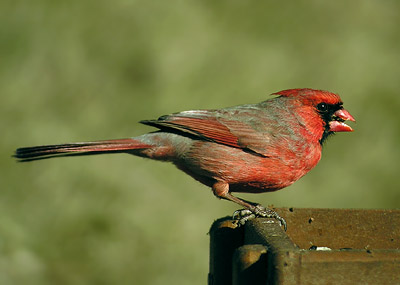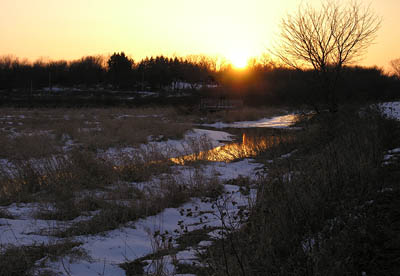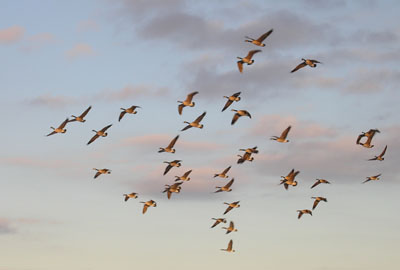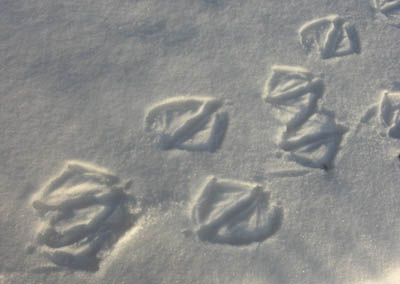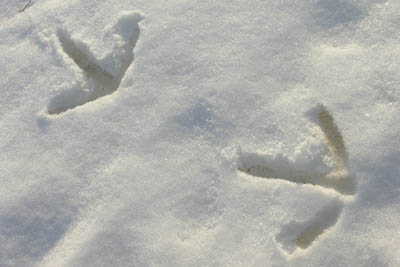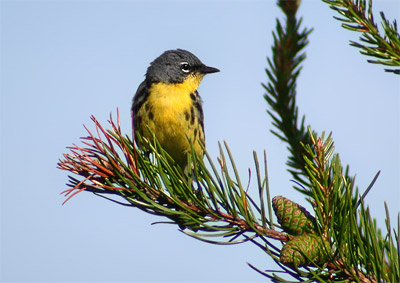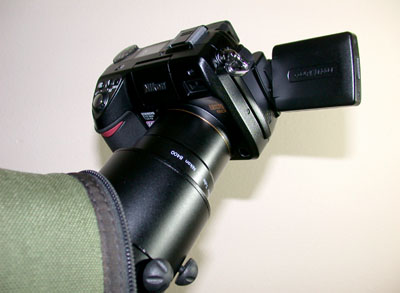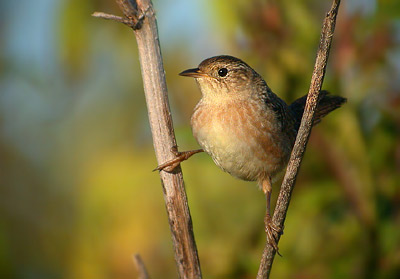 Written and posted to the Wisconsin Birding Network by Jim Williams...this will be running in the Minneapolis Star Tribune:
Written and posted to the Wisconsin Birding Network by Jim Williams...this will be running in the Minneapolis Star Tribune:
Three wrens found in Minnesota, all small, brown and feisty -- ready to scold should you encroach on their territory -- have a lot in common.
But they may not share the same future.
House wrens use a wide variety of semi-open habitats, none of which are in short supply. This is a common species of wren that can be found in orchards, brushy areas and back yards.
The other two wrens -- marsh and sedge wrens -- are dependent on very specific habitat, which is becoming increasingly scarce.
As their names suggest, sedge wrens need wet meadows, places where sedge often grows. Marsh wrens rely on cattail marshes. Unfortunately, many marshes and wet meadows are being drained, plowed and planted. And, if you take away a species' habitat, its numbers will undoubtedly shrink.
But marsh wrens and sedge wrens are being helped by an unlikely group of people: hunters. In fact, wrens should count duck hunters and pheasant hunters among their best friends, even though the relationship is not intentional.
You probably have heard of the duck stamp and of the hunting organizations Ducks Unlimited and Pheasants Forever. Their aim is to protect and restore habitat for ducks and pheasants, but they also help wrens and blackbirds and herons and warblers.
Here's how: All waterfowl hunters are required to buy a duck stamp (officially called the Federal Migratory Bird Hunting and Conservation Stamp). Money from the sale of this stamp -- an amazing 98 percent of the stamp's price -- goes to support the work of the U.S. Fish and Wildlife Service. The service operates 540 national wildlife refuges nationwide (12 in Minnesota) and purchases or leases what are called waterfowl production areas (WPA). Minnesota has 263,505 acres of WPA land.
Waterfowl production areas usually contain wet, marshy land surrounded by low, grassy meadows, all of which are duck-friendly. Where might one go to look for marsh or sedge wrens, red-winged blackbirds or common yellowthroats, one of our prettiest warblers? You would head for wet, marshy land surrounded by low grassy meadows.
Such land can be found around Pelican Lake in Wright County, on the edge of the metro area. Here draining, plowing and building have taken their toll on wetlands and grasslands.
Several months ago, 300 acres adjacent to the lake came on the market. Developers wanted it. The county got it, then resold the land to the U.S. Fish and Wildlife Service for use as a waterfowl production area.
Important players in this acquisition were Ducks Unlimited, Pheasants Forever, the National Turkey Hunters Association, the Minnesota Deer Hunters Association and several local sportsmen's groups. These hunters pledged money to cover the county's investment, should that be necessary.
Today, the Pelican Lake waterfowl production area includes an additional 300 acres that ducks -- and dozens of non-game bird species -- can use.
For years, hunters have carried the weight of land acquisition and restoration effort. As the saying goes, hunters show up (at meetings), speak up (in support of birds and their habitat) and pay up (they buy the duck stamp, for one thing).
Birdwatchers seem to lack whatever it is that galvanizes hunters. I'm certain that birders care, but we seem unable to express ourselves in such an organized fashion.
Birdwatchers don't have to buy either a license or a stamp, but we, too, should work to preserve and create habitat. So how should we do it?
Well, you don't have to be a hunter to buy a duck stamp. You just need $15 -- about the price you'd pay for 50 pounds of black oil sunflower seed. The 2006-2007 stamp goes on sale June 30 at your local post office. So go out and buy the stamp.
If birdwatchers wait for someone else to start Wrens Unlimited or Phoebes Forever, we'll be too late.
Jim Williams
Wayzata, Minnesota
Sedge Wren image © 2006 Mike McDowell
